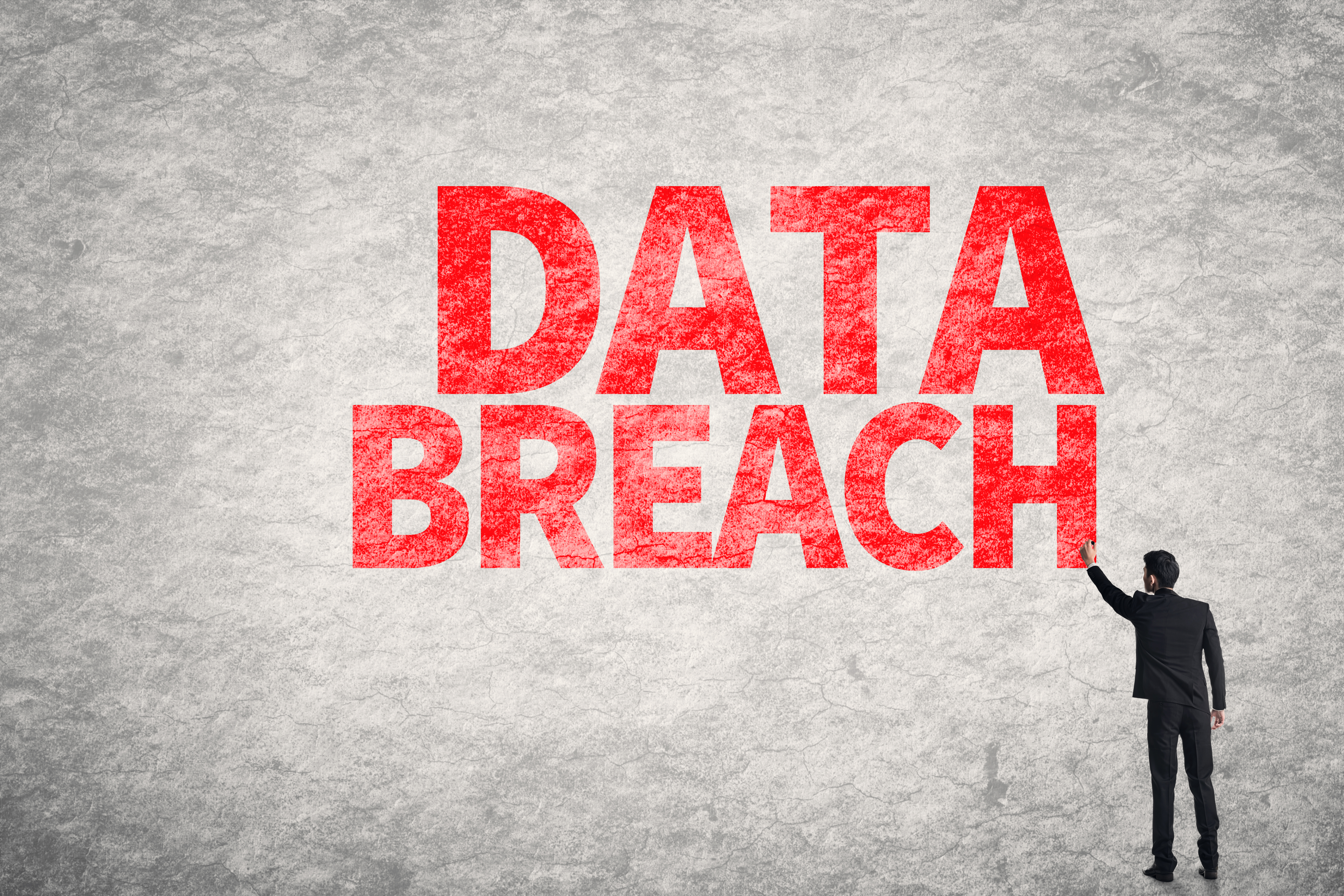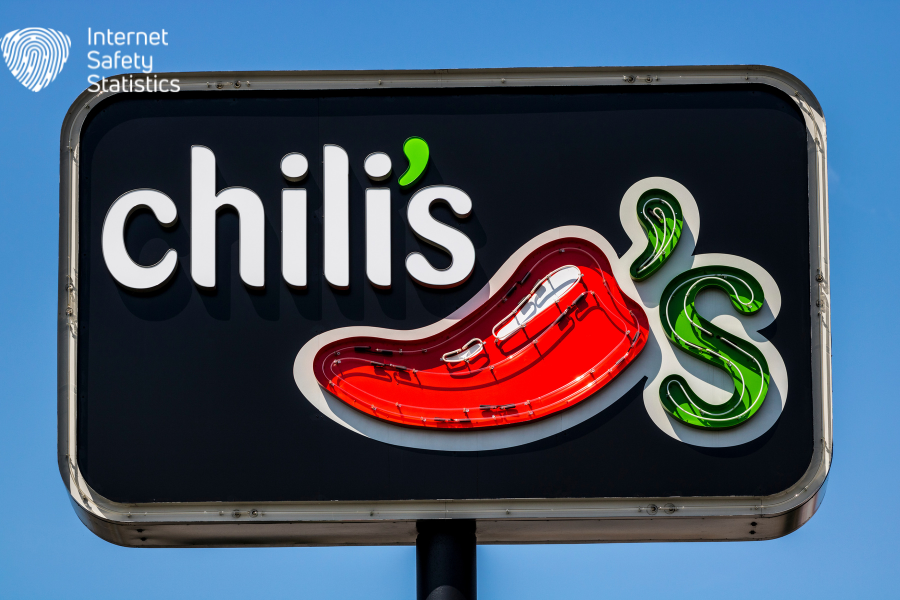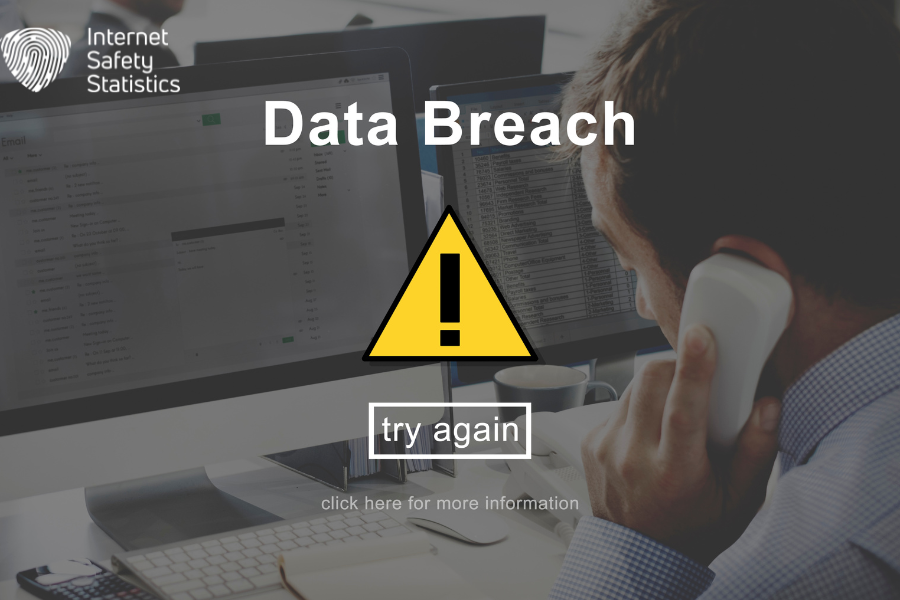
Chili’s Data Breach has recently brought significant attention to the restaurant chain’s cybersecurity practices and the broader issue of data security in the digital age. This breach, which exposed sensitive customer information, highlights the growing threat posed by cyberattacks and the critical importance of robust cybersecurity measures. In light of incidents like this, organisations must prioritise data protection to preserve trust with customers and mitigate the potential consequences of such breaches.
Brief History of Chili’s as a Restaurant Chain

Chili’s Grill & Bar, a name synonymous with casual dining and sizzling fajitas, boasts a rich history dating back to 1975. Founded in Texas by Larry Lavine, the first Chili’s offered a simple menu featuring burgers, fries, and, of course, chili, in an unpretentious setting. The concept resonated with customers, and by the early 1980s, the chain had expanded regionally, establishing a signature Southwest décor and a focus on affordability. In 1983, Norman Brinker, a restaurant industry veteran, acquired Chili’s, propelling it towards national and later international recognition. Today, Chili’s is a global brand owned and operated by Brinker International, known for its relaxed atmosphere, familiar menu items, and catchy jingle.
Chili’s Digital Systems and Customer Data
In today’s digital age, Chili’s, like many businesses, relies heavily on digital systems to streamline operations and enhance customer experiences. These digital systems encompass various platforms and technologies, including point-of-sale (POS) systems, online ordering platforms, customer relationship management (CRM) software, and data analytics tools. Within these systems, Chili’s stores a wealth of customer data, ranging from contact information and dining preferences to payment details and loyalty program records. As Chili’s continues to embrace digital innovation to meet evolving consumer demands, safeguarding this sensitive customer data becomes paramount to maintaining trust and loyalty.
Chili’s Data Breach: Details of the Breach
Here’s a breakdown of the Chili’s data breach that occurred in 2018:
Timeline of Events
Chili’s publicly announced the data breach on May 11th, 2018. While the exact timeframe is uncertain, Chili’s stated their belief that the breach occurred between March and April 2018.
Type of Data Compromised
The breach compromised sensitive customer information, primarily focused on credit card details. This includes card numbers, names, and expiration dates, posing a substantial risk to affected individuals. Additionally, other potentially affected data may include personal information such as addresses and phone numbers, further amplifying concerns over privacy and security.
Cause of the Breach (if known)
While the exact cause of the breach is still under investigation, initial findings suggest that it may be attributed to a malware attack targeting Chili’s digital infrastructure. Alternatively, vulnerabilities within Chili’s systems or human error could also have played a role in facilitating unauthorised access to sensitive data. As Chili’s works to determine the root cause, identifying and addressing any security weaknesses will be crucial in preventing future breaches and ensuring the integrity of customer data.
Potential Impact on Customers and Chili’s Reputation
The data breach poses severe implications for both affected customers and Chili’s reputation as a trusted restaurant chain. For customers, the unauthorised exposure of sensitive personal and financial information can lead to financial losses, identity theft, and other adverse consequences. Moreover, Chili’s may experience a decline in consumer trust and confidence, as incidents of data breaches often tarnish a company’s reputation and credibility. Rebuilding trust and mitigating the fallout from the breach will be essential priorities for Chili’s moving forward, emphasising the importance of robust cybersecurity measures and proactive risk management strategies.
Methods Used in the Data Breach

While the specifics of Chili’s data breach haven’t been fully disclosed, based on the available information, we can explore some possibilities regarding the attack vector and common techniques used by cybercriminals.
Overview of the Attack Vector
The data breach at Chili’s restaurant chain likely involved sophisticated cyberattack methods aimed at exploiting vulnerabilities in the organisation’s digital infrastructure. Cybercriminals typically employ various attack vectors to gain unauthorised access to sensitive data, including customer payment information. Understanding the attack vector is crucial for identifying security weaknesses and implementing effective countermeasures to prevent future breaches.
Common Techniques Employed by Cybercriminals
Cybercriminals often utilise a combination of well-established techniques to orchestrate data breaches effectively. These techniques may include:
The suspected method of the Chili’s breach involves compromising point-of-sale (POS) systems used to process customer payments. This suggests one of two main attack vectors:
- Malware Installation: Malicious software could have been installed on Chili’s POS systems, likely through a variety of methods such as:
- Phishing attacks targeting Chili’s employees to trick them into downloading malware.
- Exploiting vulnerabilities in the POS software itself or the underlying operating system.
- Gaining remote access to the network and deploying malware directly.
- System Vulnerability Exploitation: An existing weakness in Chili’s POS systems might have been exploited by hackers to gain access to payment card information. This vulnerability could be related to:
- Outdated software with known security flaws.
- Weak encryption practices for storing card data.
- Improper access controls on the POS systems.
Cybercriminals have a wide range of techniques at their disposal, and the specific method used in the Chili’s breach remains unknown. Here are some common tactics employed in POS system breaches:
- Memory Scraping Malware: This type of malware can scan a system’s memory for credit card data as it’s being processed during transactions.
- Keylogging: Malware can be used to record keystrokes on a POS system, potentially capturing card details entered by employees.
- Network Sniffing: Attackers might intercept network traffic between POS systems and payment processors to steal card data.
- Physical Tampering: In rarer cases, physical access to POS systems might be gained to install malware or steal data directly.
It’s important to remember that these are just some common possibilities. Cybercriminals are constantly developing new methods, and the exact techniques used in the Chili’s breach may never be publicly known.
Chili’s Response to the Data Breach
Following the discovery of the data breach in 2018, Chili’s implemented several measures:
Actions Taken
- Investigation: Chili’s collaborated with third-party forensic experts to investigate the breach, determine its scope, and identify the cause.
- Notification of Affected Individuals: While the exact method of notification is unclear, Chili’s likely issued a public statement and may have directly contacted impacted customers through email or letters.
- Credit Monitoring Services: There’s no public information on whether Chili’s offered credit monitoring services to affected customers. This would have allowed them to monitor their credit reports for fraudulent activity.
Security Improvements
- Specific details haven’t been disclosed, but Chili’s likely implemented security improvements to prevent similar incidents in the future. These might include:
- Enhanced security protocols for POS systems.
- System upgrades and patching vulnerabilities in software.
- Employee training on cybersecurity best practices.
Legal Actions
There haven’t been any confirmed reports of legal actions taken against Chili’s in connection with the data breach. However, it is possible that affected customers may have pursued individual lawsuits, though such information wouldn’t be readily available publicly.
Transparency Limitations
It’s important to note that the details surrounding Chili’s response efforts are limited. Companies are not always forthcoming with all the specifics due to ongoing investigations or legal concerns.
Here are some additional points to consider:
- The effectiveness of Chili’s response can be debated. While they took steps to investigate and potentially improve security, some might argue they should have offered credit monitoring or been more transparent about the breach details.
- Data breaches can have long-lasting consequences for both companies and customers. It’s a cautionary tale highlighting the importance of robust data security practices.
Lessons Learned and Recommendations from the Chili’s Data Breach

The Chili’s data breach serves as a stark reminder of the importance of data security in today’s digital age. Here’s a breakdown of the key takeaways for both businesses and consumers:
Importance of Robust Data Security Measures for Businesses
The data breach at Chili’s serves as a stark reminder of the critical importance of implementing robust data security measures to protect sensitive customer information. Businesses must prioritise cybersecurity as a fundamental aspect of their operations and invest in comprehensive security controls, encryption technologies, and proactive threat detection mechanisms to safeguard against evolving cyber threats. By adopting a proactive and layered approach to cybersecurity, organisations can reduce the likelihood of successful cyberattacks and minimise the impact of potential data breaches on their customers and reputations.
Tips for Consumers to Protect Themselves from Data Breaches
In addition to the efforts made by businesses to enhance data security, consumers play a crucial role in protecting their personal information and mitigating the risk of identity theft in the event of a data breach. Some essential tips for consumers include:
- Monitor Financial Statements: Regularly review bank statements, credit card transactions, and other financial accounts for any unauthorised or suspicious activity. Report any discrepancies or unauthorised charges to the respective financial institution immediately.
- Enable Two-Factor Authentication (2FA): Whenever possible, enable two-factor authentication (2FA) for online accounts to add an extra layer of security beyond just a password. 2FA typically requires users to provide a second form of verification, such as a code sent to their mobile device, to access their accounts.
- Use Strong, Unique Passwords: Create strong and unique passwords for each online account, and avoid using the same password across multiple platforms. Consider using a reputable password manager to securely store and manage passwords.
- Exercise Caution When Sharing Personal Information: Be cautious when sharing personal information online, especially on social media platforms and websites. Avoid providing sensitive information unless necessary, and carefully review privacy settings to control who can access your personal data.
- Stay Informed About Data Breaches: Stay informed about data breaches and cybersecurity threats by regularly monitoring news sources, security blogs, and official announcements from companies and government agencies. Being aware of potential risks allows consumers to take proactive steps to protect themselves and respond appropriately in the event of a breach.
By following these recommendations and remaining vigilant about cybersecurity best practices, consumers can empower themselves to better protect their online identity and mitigate the impact of potential data breaches on their personal information and financial security.
Preventive Measures for Businesses: Building a Strong Defense
Data breaches can be devastating for businesses, resulting in financial losses, reputational damage, and even legal repercussions. Here, we’ll explore two crucial preventive measures businesses can implement: robust cybersecurity measures and employee training on security awareness.
Importance of Robust Cybersecurity Measures
In today’s digital landscape, where cyber threats are constantly evolving, robust cybersecurity measures are no longer optional – they’re essential. Here’s why:
- Protecting Sensitive Information: Businesses collect and store a wealth of customer data, including financial information, personal details, and purchase history. Strong cybersecurity safeguards this data from unauthorised access, theft, or misuse.
- Minimising Financial Losses: Data breaches can lead to significant financial losses, including covering the costs of investigating the breach, notifying customers, and potential legal settlements. Cybersecurity measures help prevent these costs.
- Maintaining Customer Trust: Customers entrust businesses with their personal information. Effective cybersecurity demonstrates a commitment to protecting that trust and helps maintain positive customer relationships.
- Ensuring Compliance with Regulations: Many industries have data privacy regulations that mandate specific security controls. Robust cybersecurity helps businesses comply with these regulations and avoid potential fines or penalties.
Here are some examples of robust cybersecurity measures businesses can implement:
- Firewalls and Intrusion Detection Systems (IDS): These act as the first line of defense, filtering incoming and outgoing traffic to identify and block malicious activity.
- Data Encryption: Encrypting sensitive data, both in storage and transit, adds an extra layer of security, making it unreadable if intercepted by hackers.
- Regular System Updates: Updating software and operating systems with the latest security patches is crucial to address known vulnerabilities that cybercriminals might exploit.
- Access Controls and User Permissions: Implementing strong access controls restricts who can access sensitive information and what actions they can perform. The principle of least privilege ensures users only have access to what they need for their job functions.
Employee Training and Security Awareness
Even the most sophisticated cybersecurity technology can be rendered ineffective by human error. This is why employee training and security awareness are critical components of any data security strategy.
- Educating Employees: Employees should be trained to recognise phishing attempts, avoid suspicious attachments or links, and report any security concerns.
- Promoting a Culture of Security: Organisations need to cultivate a culture of security where employees understand their role in protecting data and feel empowered to report suspicious activity.
- Regular Training and Phishing Simulations: Regular training sessions and simulated phishing attacks can help employees stay sharp and identify potential threats.
Investing in employee training empowers your workforce to become an active line of defense against cyber threats. By combining robust cybersecurity measures with a security-aware workforce, businesses can significantly reduce the risk of data breaches and protect their valuable information.
Conclusion
the data breach at Chili’s underscores the critical importance of robust data security measures for businesses and the need for consumer awareness in safeguarding personal information. The incident highlighted the significant impact of data breaches on both organisations and individuals, serving as a wake-up call for businesses to prioritise cybersecurity and invest in proactive defense mechanisms. By implementing comprehensive security controls, encryption technologies, and proactive threat detection measures, organisations can mitigate the risk of data breaches and protect sensitive customer information.
Furthermore, consumers play a pivotal role in protecting their personal data by staying informed about cybersecurity threats, monitoring financial accounts for unauthorised activity, and practicing secure online habits. By following best practices such as enabling two-factor authentication, using strong and unique passwords, and exercising caution when sharing personal information online, individuals can reduce the risk of identity theft and mitigate the impact of data breaches on their financial security and privacy.
Overall, the Chili’s data breach serves as a stark reminder of the ever-present threat of cyberattacks and underscores the importance of collective efforts to enhance data security and promote consumer awareness. By working together, businesses, consumers, and cybersecurity professionals can strengthen defenses against cyber threats and create a safer digital environment for all.
